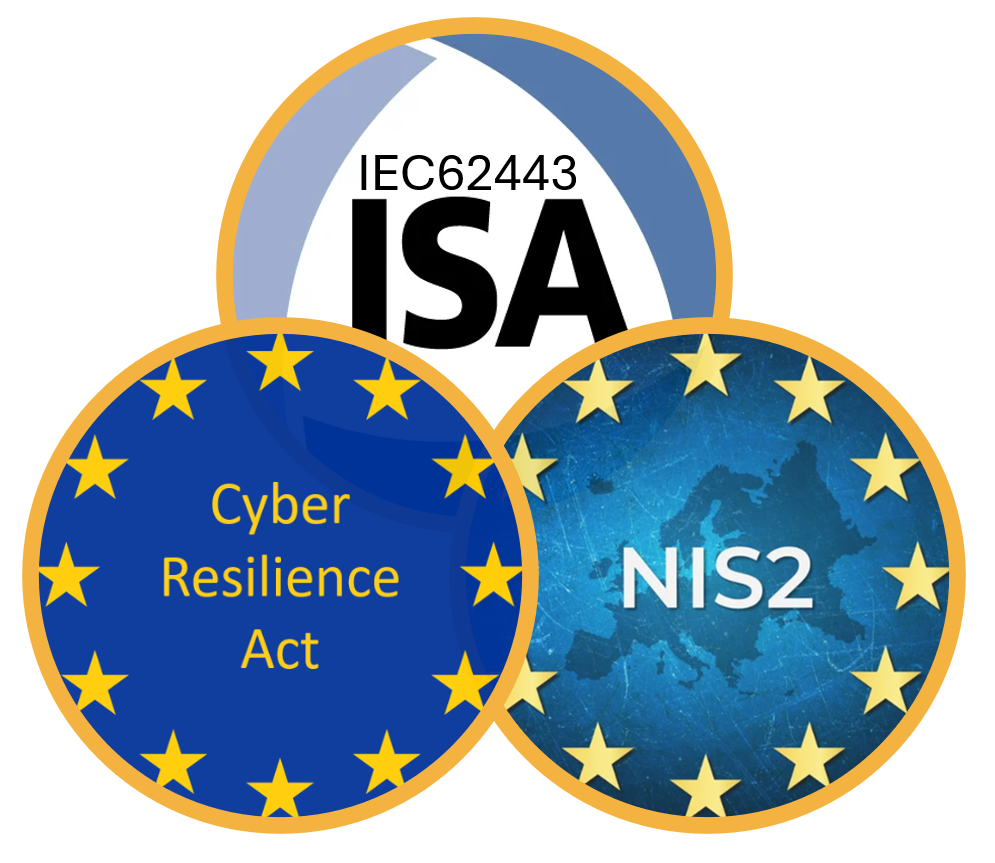Securing Mobility and Infrastructure with Smarter OT Cybersecurity

Cyber Risks in Transport
The transport sector—including aviation, rail, ports, and road transport—is essential for global trade, supply chains, and passenger mobility. As digital transformation advances, transport systems are increasingly reliant on Industrial Control Systems (ICS), automated logistics, and connected infrastructure, making them prime targets for cyberattacks. Disruptions can lead to delays, safety risks, financial losses, and compromised passenger data.
Regulatory Pressure: Strengthening Cybersecurity in Transport Industry
With growing threats to critical transport infrastructure, cybersecurity regulations such as NIS2, ICAO Aviation Cybersecurity, IEC 62443, and the Cyber Resilience Act (CRA) impose strict access control, authentication, and risk management requirements. Transport operators must secure control networks, communication systems, and remote access to comply with these standards and prevent cyber incidents.
Notable Attacks on the Transport Industry

2023: UK Airport Cyberattack
A major UK airport suffered a ransomware attack that disrupted operations and flight schedules, exposing vulnerabilities in its IT and OT systems.

2022: European Rail Network Targeted
Hackers attempted to breach railway control systems, posing risks to passenger safety and logistics.

2017: Maersk NotPetya Attack
A global shipping company fell victim to a cyberattack that crippled port operations worldwide, causing over $300 million in damages.
Benefits of OT Auth Solutions
To counter cyber threats and regulatory challenges, transport operators must implement strong authentication and access control across their operational environments. swIDch’s OT authentication solutions—PLC OTAC and OTAC Trusted Access Gateway (TAG)—enhance security by eliminating static credentials and ensuring dynamic, network-independent authentication.
Why OT Authentication is Essential for the Transport Industry

Regulatory Compliance

Security in Air-Gapped Environments

Protection Against Remote & Insider Threats

Security for Automated & Connected Transport
-1.jpg)
How OT Auth solutions work
Traditional authentication methods in transport rely on passwords, VPNs, and static credentials, which are vulnerable to cyberattacks like credential theft and replay attacks. swIDch’s OT authentication solutions generate one-time, non-replicable authentication codes, eliminating the risks associated with traditional login methods.
How It Enhances Security in Transport & Logistics:
🔹 Prevents unauthorised access to railway control, air traffic management, and smart ports.
🔹 Works in air-gapped and low-connectivity environments, reducing cyber risks.
🔹 Eliminates reliance on network-based authentication, preventing remote breaches.
🔹 Requires no additional hardware, making it a cost-effective and scalable solution.
By adopting swIDch’s OT authentication solutions, transport operators can enhance cybersecurity resilience, comply with regulations, and protect critical infrastructure from cyber threats.
-1.jpg)
Transport Security FAQs
-
It protects critical systems such as railway control networks, airport operations, and logistics platforms by preventing unauthorised access.
-
Yes, they enhance authentication for airport control systems, baggage handling, and airline IT infrastructure.
-
Its authentication solutions align with cybersecurity frameworks like NIS2, ensuring compliance and operational security.
Award Highlights










